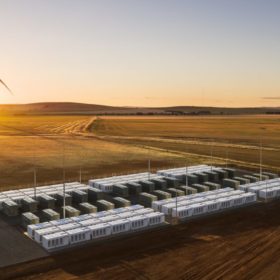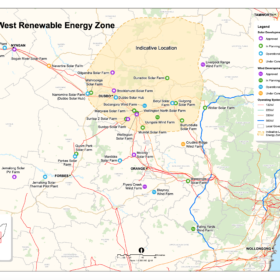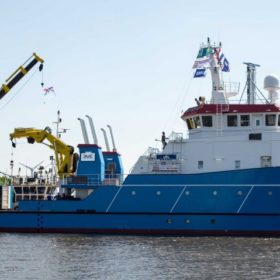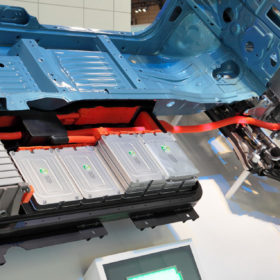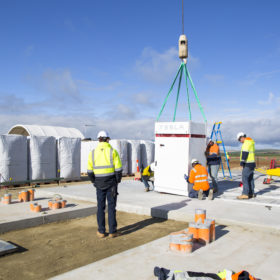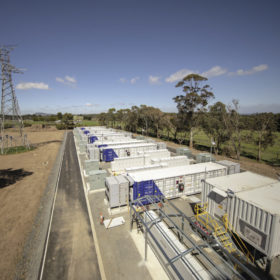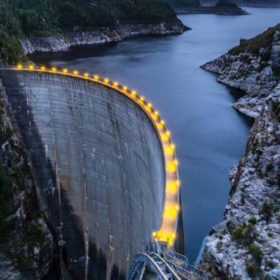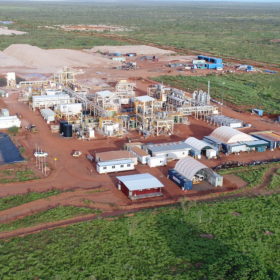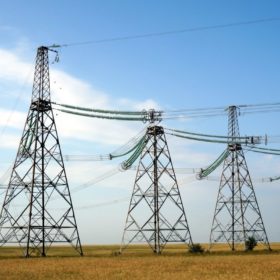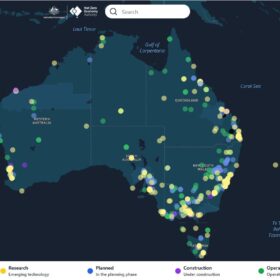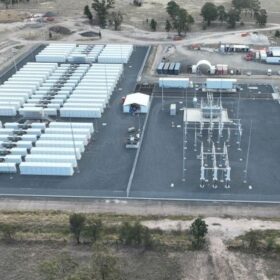Chief Scientist says big batteries are not ready to fast-track energy transition
Australia’s Chief Scientist Dr Alan Finkel has claimed Australia will remain dependent on gas for up to another 30 years as it seeks to transition to a renewables-dominated grid.
NSW seeks expressions of interest for 3 GW renewable energy zone
Solar, wind and energy storage companies have until June 5 to express interest in building parts of the 3 GW renewable energy zone in New South Wales.
Sun Cable to build Darwin megabattery
Following hot on the heels of Sun Cable’s awarding of its unprecedented cable route survey contract to Guardian Geomatics Pty. Ltd., the company has also announced planning approval for a Darwin megabattery to form an integral part of its Australia-ASEAN Power Link.
Sun Cable survey contract awarded to Guardian Geomatics
The Sun Cable megaproject is moving from strength to strength with last week’s announcement of the awarding of its cable route survey contract to Guardian Geomatics Pty. Ltd.
Used EV batteries for large scale solar energy storage
MIT scientists have suggested used electric vehicle batteries could offer a more viable business case than purpose-built systems for the storage of grid scale solar power in California. Such ‘second life’ EV batteries, may cost only 60% of their original purchase price to deploy and can be effectively aggregated for industrial scale storage even if they have declined to 80% of their original capacity.
Neoen reports strong increase in revenue, Hornsdale big battery exceeds all expectations
The substantial surge in storage revenue due to specific grid conditions in Australia was one of the main factors behind a 61% year-on-year increase in revenues Neoen saw in the first quarter of the year.
AEMC investigates proposed five-minute settlement delay
The Australian Energy Market Commission is hoping to gather evidence from industry on how they would be affected by the potential delay of the five-minute settlement start date by one year.
Tasmania releases 200% renewable energy action plan
To help achieve its global-leading renewable energy target of 200% by 2040, the Tasmanian government has released the draft Renewable Energy Action Plan.
Metal guru! Soluna batteries hit the Australian market with a twist
Soluna Australia brings high-quality Chinese-made DLG batteries to the Australian residential, commercial and off-grid markets, but the trade isn’t one way: Australian-developed recycling technology will result in high-grade recycled cathode powders from batteries used in Australia being reincorporated in DLG manufacturing.
Powerlink gets ARENA funding to investigate system strength challenges in North Queensland
A new study partly funded by the Australian Renewable Energy Agency (ARENA) will look at system strength issues that have been an emerging challenge for renewable energy generation in the National Electricity Market, and explore the merits of several technical solutions, including battery storage.
